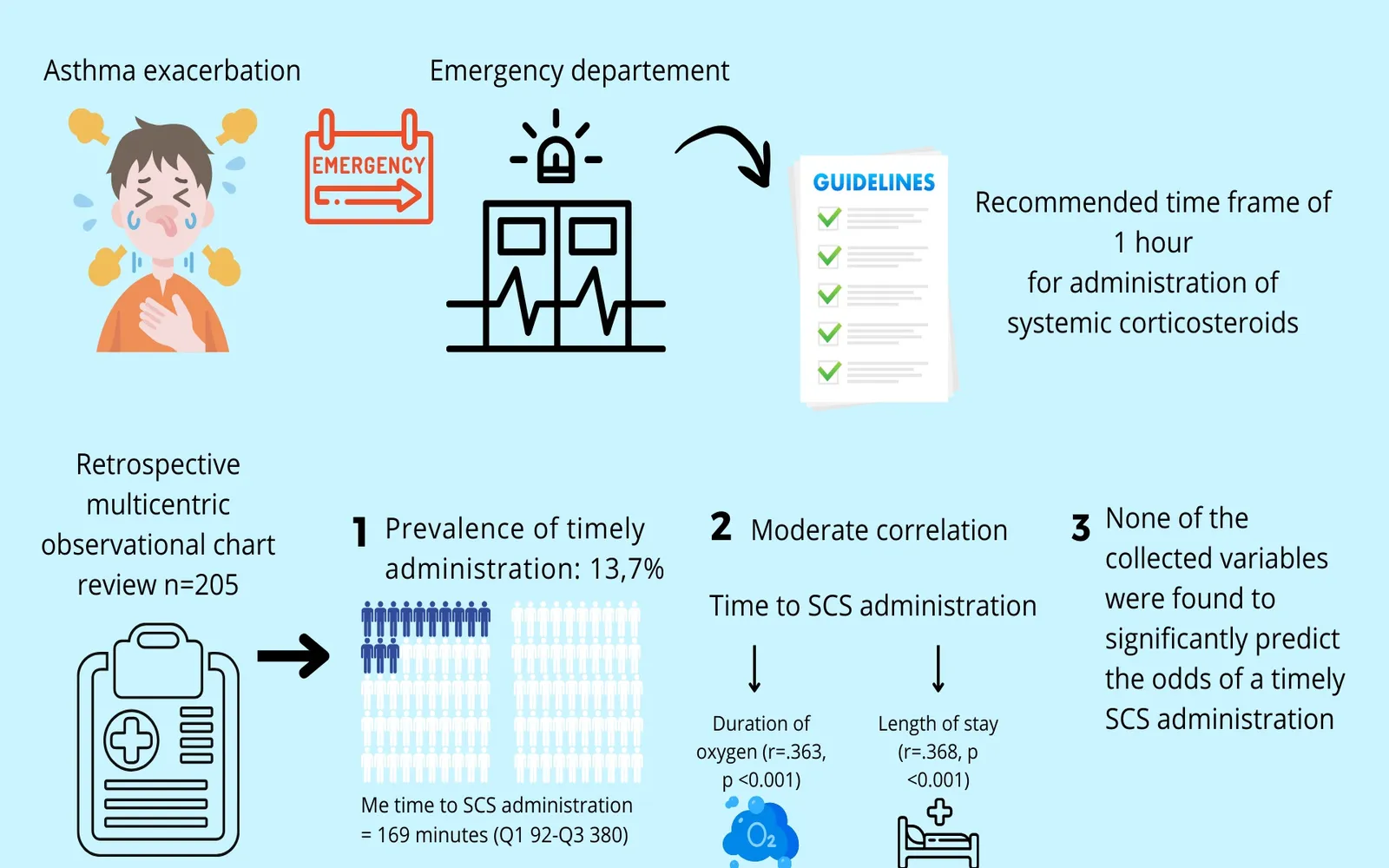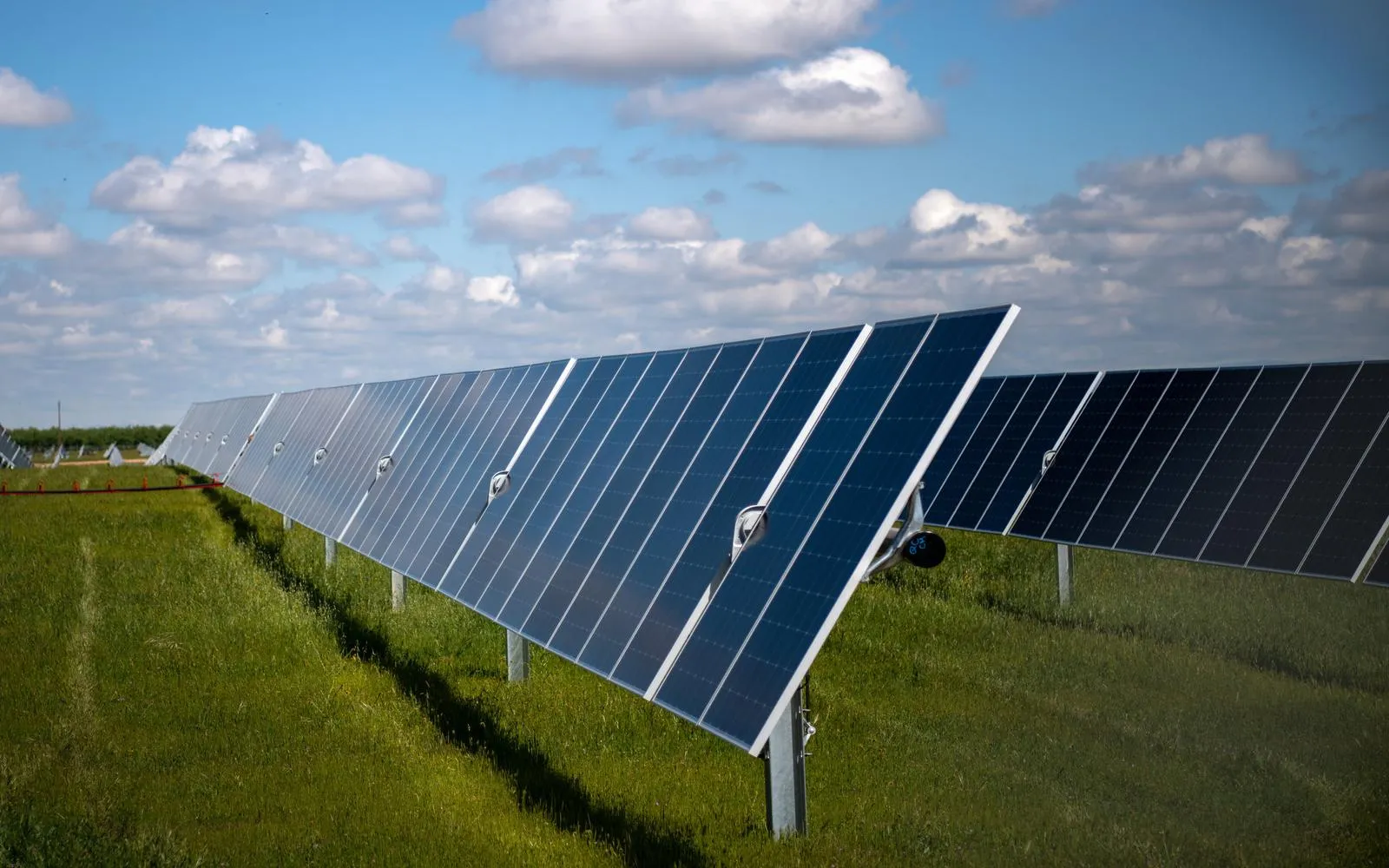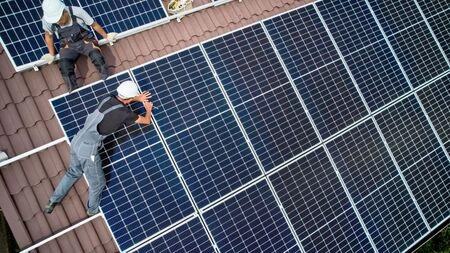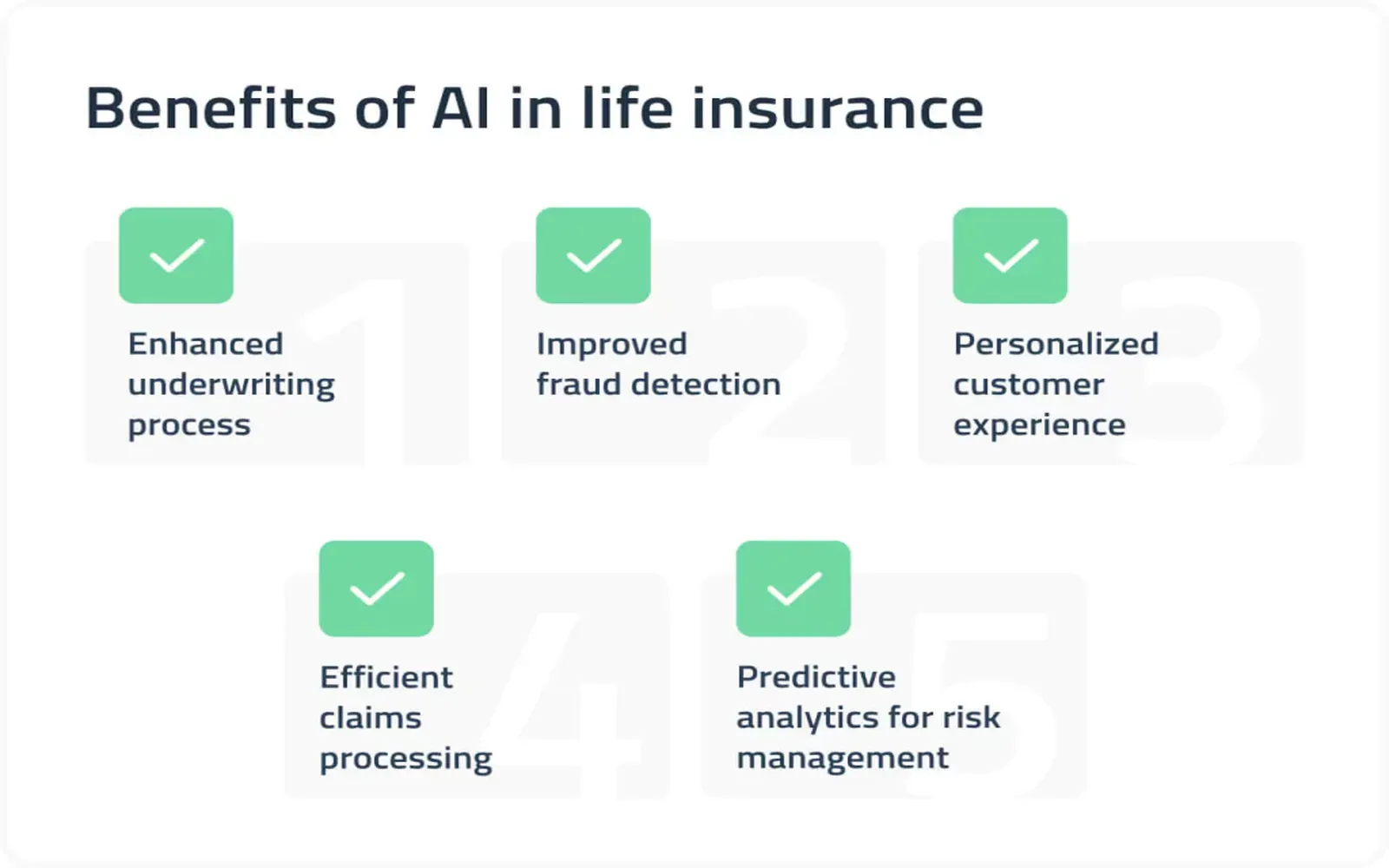The shift towards renewable energy sources is becoming increasingly vital as the world grapples with climate change, energy demands, and the need for sustainable solutions. Emerging innovations play a crucial role in this transition, making it imperative to explore the latest advancements and their implications for the clean power landscape.
Advancements in Solar Technology
Solar energy has witnessed groundbreaking innovations in recent years. One of the most significant developments is the introduction of bifacial solar panels. Unlike traditional panels that collect sunlight from one side, bifacial panels capture sunlight on both sides, thereby increasing energy generation. This improvement can lead to efficiency gains of up to 30%, making solar installations more profitable and sustainable.
Moreover, the integration of solar tracking systems has enhanced the capabilities of solar farms. These systems adjust the angle of solar panels throughout the day to maximize sunlight exposure, further improving energy output. As solar technology continues to evolve, we are likely to see greater adoption of these innovations, making solar energy more accessible and efficient than ever before.
Wind Energy Developments
Wind energy is another sector experiencing rapid innovation. The advent of floating wind turbines has opened up new possibilities for harnessing wind energy in deeper waters where traditional turbines cannot operate. These floating structures can tap into stronger and more consistent winds, significantly increasing energy production potential.
Furthermore, advancements in turbine design are leading to larger and more efficient models. Modern turbines can now reach heights of over 300 feet and generate more than 10 megawatts of power. This trend towards larger, more efficient turbines is crucial for meeting the growing demand for clean power and reducing the cost of wind energy production.
Energy Storage Solutions
A significant challenge for renewable energy sources is their intermittent nature. To address this, innovations in energy storage are essential. Battery technology has made great strides, with lithium-ion batteries becoming more efficient, affordable, and capable of storing greater amounts of energy. This advancement allows for better integration of solar and wind energy into the grid, providing a stable power supply even when generation is low.
Additionally, alternative storage solutions, such as flow batteries and compressed air energy storage, are gaining traction. These technologies offer longer-duration storage capabilities, which are critical for balancing supply and demand in an increasingly renewable-dominated energy landscape.
Hydrogen as a Clean Energy Carrier
Hydrogen is emerging as a key player in the renewable energy arena. Produced through the electrolysis of water using renewable energy sources, green hydrogen has the potential to decarbonize various sectors, including transportation, heating, and industrial processes. This clean energy carrier can be stored and transported over long distances, making it a versatile solution for achieving carbon neutrality.
Many countries are investing heavily in hydrogen infrastructure, with several pilot projects demonstrating its viability. As technology advances and costs decrease, hydrogen could become a cornerstone of the global energy transition, complementing other renewable sources.
Smart Grids and Digital Innovations
The integration of smart grid technology is revolutionizing the way we manage and distribute energy. These advanced systems utilize digital communication to monitor and optimize electricity flow, allowing for greater efficiency and resilience in clean power networks. Smart grids enable the seamless integration of diverse renewable energy sources, facilitating the shift towards decentralized energy production.
Furthermore, innovations such as artificial intelligence (AI) and machine learning are enhancing grid management. These technologies can predict energy demand, optimize resource allocation, and even detect faults in real-time, ensuring a reliable and responsive energy supply.
Policy and Investment Trends
As the landscape of renewable energy evolves, supportive policies and strategic investments are critical. Governments and private entities are increasingly recognizing the importance of investing in clean technologies. Incentives such as tax credits, grants, and subsidies are encouraging the adoption of renewable energy solutions and fostering innovation.
Additionally, the role of private investment in accelerating the development of clean power technologies cannot be understated. Venture capital firms and private equity are pouring funds into startups focused on renewable energy, driving technological advancements and scaling solutions that address global energy challenges.
Conclusion
The future of energy is undoubtedly leaning towards renewable energy sources, propelled by emerging innovations that promise to reshape the clean power landscape. From advancements in solar and wind technologies to breakthroughs in energy storage and hydrogen production, these developments provide a glimpse into a sustainable future. As we navigate this evolving landscape, continuous investment in research and development, along with supportive policies, will be essential in achieving a cleaner, greener world.








